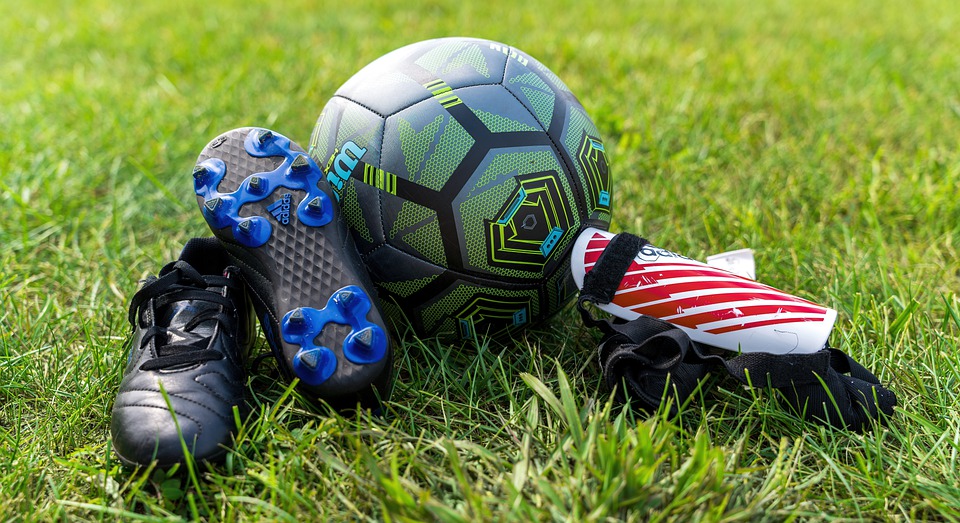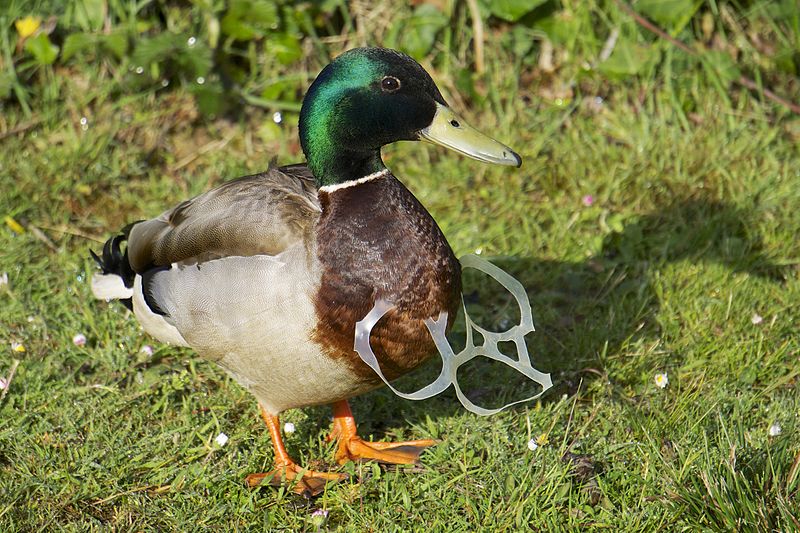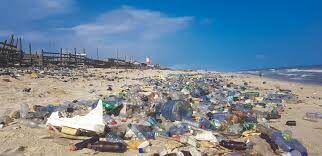Pros of Plastics
It is clear that plastics have plenty of negative impacts in a variety of ways but there are also pros to using them. Plastics are an extremely durable, reliable material for producers. One of the benefits of plastic is it is used in a ton of our electronic equipment that makes modern life possible. Plastics are in cell phones, monitors, televisions, and computers (Chemical Safety Facts, 2021). It would be difficult to imagine a life without this technology to help us communicate and complete certain tasks.

Plastics are also used to create certain safety equipment that can save lives such as an airbag or a bicycle helmet. They are also in roofs, walls, flooring, and insulation that make homes energy efficient (Chemical Safety Facts, 2021). Despite plastic packaging being terrible for the environment, it allows for safe storage and preservation of foods. It can also reduce transportation needs because plastic is light which will therefore reduce emissions.
Another huge positive that comes with using plastics is their importance in sports. Sports are so popular all over the world and plastics are found in basically every sport’s equipment. All lacrosse and football helmets contain plastic and so many cleats and sneakers contain them as well. Mouthguards are also made up of plastic and so are some of the balls. Plastics are basically what make sports possible in a way.

Cons of Plastics
When it comes to the negative effects that plastics have they are basically endless. The first issue that should be mentioned is the impact plastics have on the health of wildlife. There are currently one million species that are threatened with extinction and part of that has to do with plastic. One of the National Wildlife Federation’s main strategies to attack this problem is “targeting colleges and universities to help advance their efforts to reduce their waste, specifically plastics, resulting in less trash going to the landfill or ending up in the environment and impacting wildlife” (Jones, 2019). This is why it is essential for students at Gettysburg College to be mindful of their daily decisions regarding plastic disposal and to be actively willing to change their habits.

Another issue that is having a major influence is the use of single-use plastics. It has become the norm to use plastics as storage for food and drinks and for us to just throw them away right after we’re done. To put it into better words, “Our throwaway culture has led to the widespread use of plastic packaging for storing, transporting, preparing, and serving food, along with efforts to reduce plastic waste by giving it new life as recycled material. But these efforts ignore evidence that chemicals in plastic migrate from plastic, making harmful chemicals an unintentional part of the human diet” (Gross, 2021). Either recycling needs to become more effective or there needs to be a shift to a more sustainable material for storage in the near future.
What many people are unaware of is plastics directly impact humans through us just eating our normal daily diet. For example, if fish ingest microplastics and then we eat something like sushi we will also be consuming the plastics. This is not just an issue for the fish in the ocean it has a direct impact and our lives as humans as well. Even our everyday drinking water contains microplastics. In a test to check for the existence of microplastics in drinking water, 92% of samples taken in the USA and 72% in Europe showed the presence of them (Rhodes, 2018). Plastics are everywhere. The only way to really stop these main issues from happening is to reduce the production of plastics, but unfortunately, the production is only increasing.
References
Plastics: Uses, benefits, and Chemical Safety Facts. ChemicalSafetyFacts.org. (2021, July 19). Retrieved December 12, 2021, from https://www.chemicalsafetyfacts.org/plastics/.
Rhodes, C. J. (2018). Plastic Pollution and Potential Solutions. Science Progress, 207–260. https://doi.org/10.3184/003685018X15294876706211
Jones, K. (2019, July 17). The Future of Campus Life: Learn how campuses are reducing plastics and other waste • The National Wildlife Federation Blog. The National Wildlife Federation Blog. Retrieved October 15, 2021, from https://blog.nwf.org/2019/07/the-future-of-campus-life-learn-how-campuses-are-reducing-plastics-and-other-waste/.
Gross, L., & Enck, J. (2021). Confronting plastic pollution to protect environmental and public health. PLoS Biology, 19(3), e3001131–. https://doi.org/10.1371/JOURNAL.PBIO.3001131
